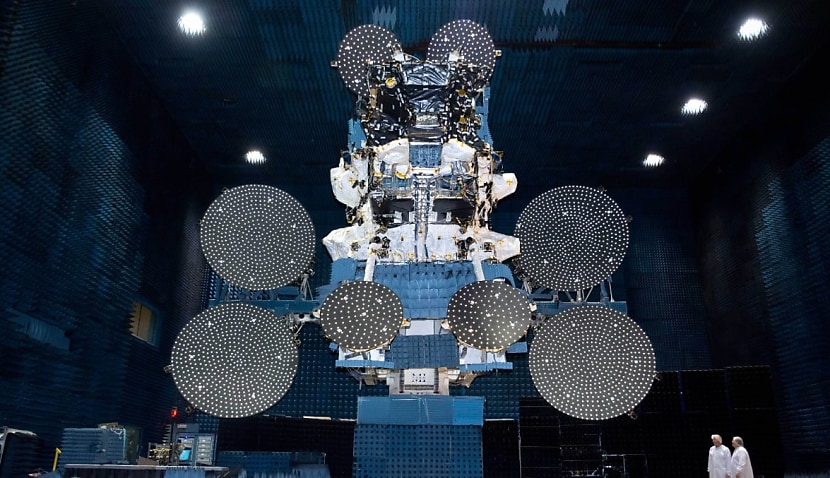
The news will come as a boost to the troubled service, following both Optus and Telstra signing major agreements with rival Starlink.
On Tuesday, the federal government said that more than 21,000 homes and businesses have upgraded to the new premium offering, which gives customers uncapped data 24 hours a day and faster speeds of up to 100 Mbps.
It was made possible by moving 120,000 premises from satellite to fixed wireless, freeing up capacity on Sky Muster.
Michelle Rowland, Minister for Communications, said the Albanese government was committed to “reducing the digital divide” between metro and regional areas.
“Whether you live in a capital city or in the bush, access to fast, reliable, and affordable broadband has never been more important,” she said.
Sky Muster operates using two traditional geostationary satellites compared to Starlink’s huge constellation of more than 4,000 low-Earth orbit (LEO) satellites.
When Telstra announced its deal with the Elon Musk-founded company, Loretta Willaton, the telco’s regional Australia executive, said LEO satellites in a constellation can send and receive signals much faster.
“As well as offering great data throughput, the proximity of these satellites reduces latency making them a great and more consistent option for services that need low latency, like voice and video calls.
“The latency, download speeds, and general experience in most circumstances will be far superior to copper-based ADSL and be better suited for most modern connectivity needs.
“Our team has been testing out in the field Starlink’s service and how we can best offer it to customers, including evolving our own modem specifically to support Starlink connectivity and Aussie households.”
Optus’ own Starlink deal, meanwhile, goes further than Telstra by allowing the connection to go “straight to mobile” in remote areas to access both voice and data services.
The agreement is unique because it will not require customers to obtain any specific hardware and will instead work on all compatible handsets.
Currently, the telco’s traditional service is unavailable across 60 per cent of Australia’s landmass, but the new tie-up will boost connectivity to almost 100 per cent.
The phased rollout of SpaceX’s satellite capability will start with SMS in late 2024, with voice and data following in late 2025.
It follows unconfirmed reports that Sky Muster is slipping behind its more famous global rival, despite significant government investment.

Adam Thorn
Adam is a journalist who has worked for more than 40 prestigious media brands in the UK and Australia. Since 2005, his varied career has included stints as a reporter, copy editor, feature writer and editor for publications as diverse as Fleet Street newspaper The Sunday Times, fashion bible Jones, media and marketing website Mumbrella as well as lifestyle magazines such as GQ, Woman’s Weekly, Men’s Health and Loaded. He joined Momentum Media in early 2020 and currently writes for Australian Aviation and World of Aviation.
Receive the latest developments and updates on Australia’s space industry direct to your inbox. Subscribe today to Space Connect here.









